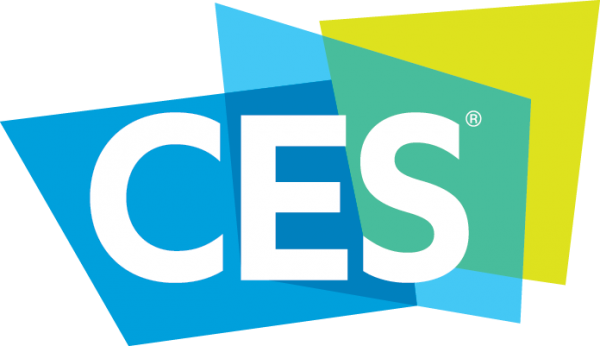Author: Jeff Schmidt, SVP/Professional Development, RAB
 Dr. Everett Rogers, a communications studies professor at Ohio State University, popularized the theory of diffusion of innovation. According to Rogers, there are four key groups or mindsets when it comes to new technology, new ideas and new concepts. At the front end are Innovators, the people who are constantly looking forward and searching for what’s next. At the back end are Laggards, who are constantly looking back and wondering what happened and how the world around them changed.
Dr. Everett Rogers, a communications studies professor at Ohio State University, popularized the theory of diffusion of innovation. According to Rogers, there are four key groups or mindsets when it comes to new technology, new ideas and new concepts. At the front end are Innovators, the people who are constantly looking forward and searching for what’s next. At the back end are Laggards, who are constantly looking back and wondering what happened and how the world around them changed.
The yellow line in the chart represents the market share of companies. Those who are on the front end of the diffusion curve clearly gain market share. Strolling through the over two million square feet of convention space at CES 2022, one lesson is unequivocally clear – technology and innovation are the driving forces of the future. It’s going to happen whether we want it to or not.
The lesson for broadcasters is that for those of us who consult with advertisers and businesses on the sales side, it is critical to keep learning and understanding new tech. That doesn’t mean you have to adopt it all, or be an expert, for that matter, but you certainly must be aware of it all and be able to talk intelligently to your clients regardless of where they see themselves on the curve.
The buzzwords at this year’s CES are:
Intelligent automation
Artificial intelligence, or AI
The evolution of the metaverse
Personalization
Walking the convention halls, you see those four key initiatives in living color. In our conversations with researchers and even large advertisers at the event, it remains clear that radio’s massive reach, local connection to the communities we serve and our talent will be the driving forces of our ability to super-serve. Additionally, broadcast radio has relationships in the local community and its incumbent for radio to continually keep up with these trends as they relate to advertisers.
For programmers and content creators, it means looking for new ways to publish content, new channels and new ways to engage with the audience we serve. Social media and podcasting; those are the table stakes now. Radio stations are constantly looking at what’s next and where our audience is going to be next so that we can engage.
We are no longer just in the audio business. Audio is stronger than ever, but video, the metaverse and other visual forms of engagement are critical. The good news is, these channels don’t require slick production – just a cellphone and a ring light will do. But radio listeners no longer just want to hear what is being said, they also want to see how it is being said. Studio streaming video and video content from advertisers and station events are all ways to give our audience what they want, when they want it and in whatever format they want it.
We were surprised to hear the term “streaming” in a retail session presented by a company called Coresight Research. The retail community in Asia and the UK has already adopted a streaming platform to further engage with their shoppers. The streaming they are talking about is hosting video conferences, giving store tours and engaging one on one with customers who want to shop virtually. According to Coresight, this is coming to the U.S. later this year. This will be a great opportunity for radio, on-air talent and entrepreneurial marketing consultants to work with their retail clients on this cutting-edge initiative and provide them the guidance they need. It takes “live broadcasts/remotes” to a whole new level and radio is already an expert in that regard. Deborah Weinswig, CEO & founder of Coresight Research, predicts that radio will be more important in the future. “There will be a whole new kind of reality for radio. It goes back to helping us remember what’s important, what’s key and how to engage with our local community on a daily basis.”
The pandemic may have slowed the rest of the world down, but technology didn’t skip a beat, and it is now a driving force for the future. Broadcast radio has the reach, the relationships with listeners and the trust of the community it connects and impacts. Those attributes are more important than ever as advertisers move forward to connect with their consumers and broadcast radio listeners. “Radio not only has huge reach, but it has huge resonance,” stated Marc Pritchard, chief brand officer, P&G. “People listen to that local radio personality, and they trust (them) and they trust what comes through.”
There are people and organizations that look forward to change, others who ignore change and some who look back and wonder what happened. The choice as to where they want to position themselves on the diffusion of innovation curve is theirs. Radio, with all its various offerings across platforms and devices, is ahead of the curve.


